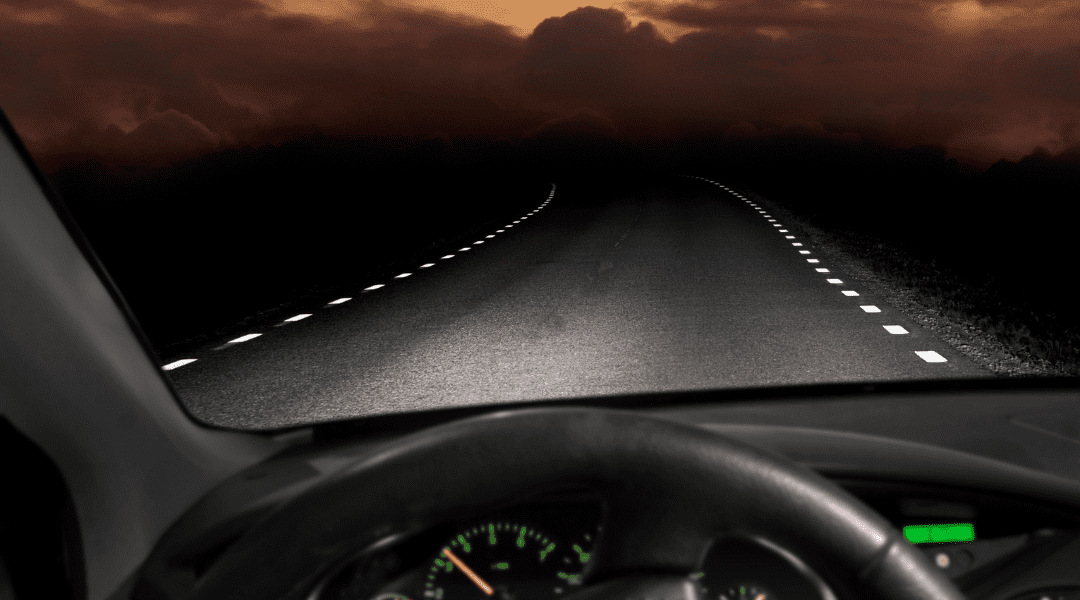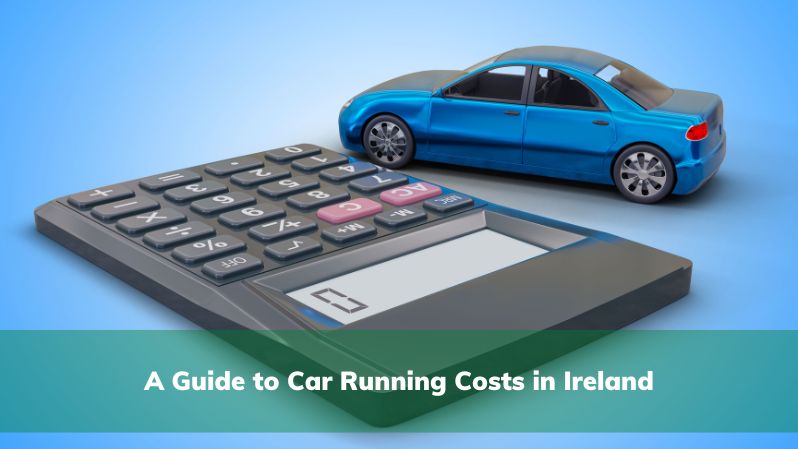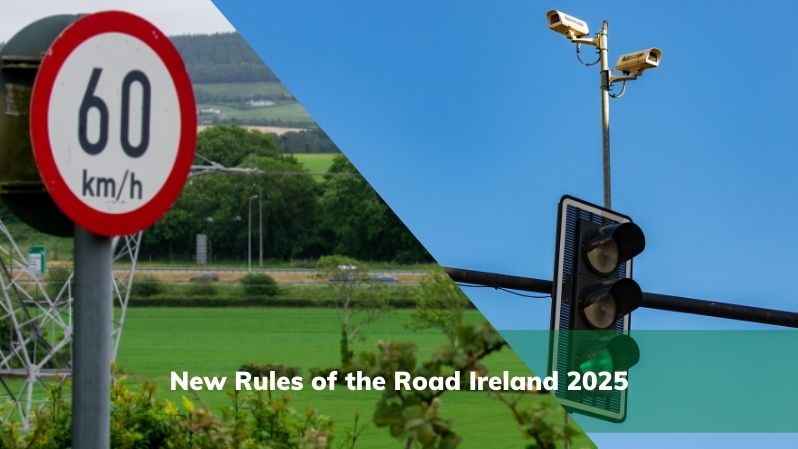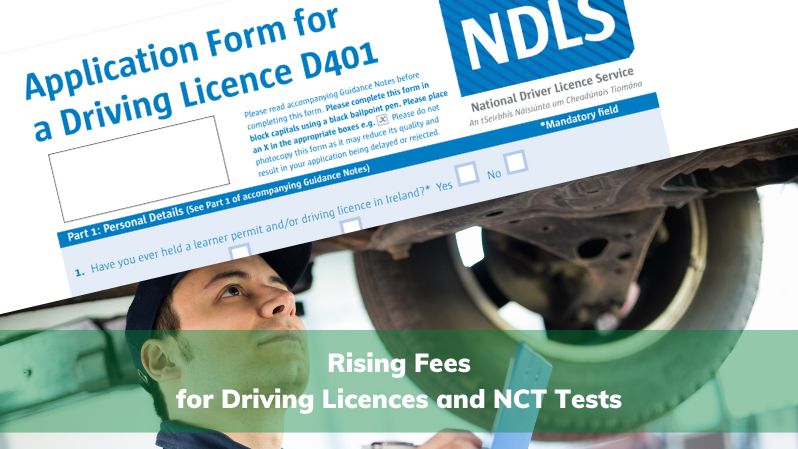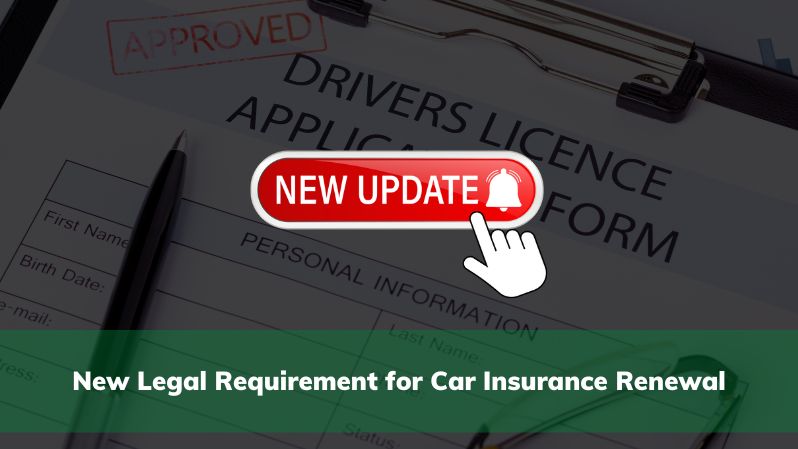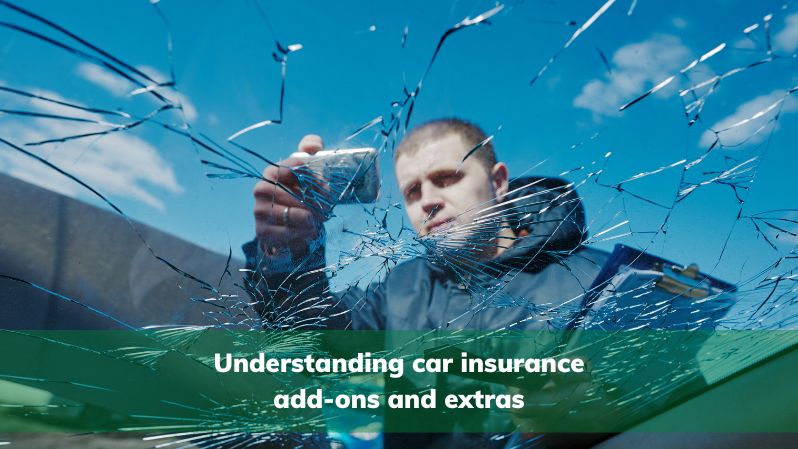Driving at night is undoubtedly a little bit trickier than driving during the day. It’s important to be extra cautious on the road when the sun goes down. Despite the fact that the roads are quieter at night, a huge proportion of car accidents happen while it’s dark. However, you shouldn’t worry because there’s myriad of great tips that you can follow to keep you safe on the road at night.
1.Use your headlights correctly.
Firstly, before we get to switching on your headlights, it’s important to give them a once over now and again to make sure they’re not damaged or dirty. If you think they’re not as bright as they once were it might be worth bringing your car to a garage. If you have an older car with plastic lens covers, you can remove them a clean them with a special kit.
Once you’ve ensured your headlights are working to the best of their ability, it’s vital to have them on when it’s dark so you can increase viability. The full beams should be on unless there is a motorist coming your way. If you spot a drive en route towards you, it’s important to dim your lights so you don’t dazzle anyone approaching.
2.Clean your windscreen.
Your grubby windscreen might not cause much hindrance in the light of day however at night it can be more problematic. A dirty windscreen can cause a blinding glare when the last of the sunlight or headlights hit it right. So, ensure your windshield is clean and dry before you hit the road at night.
3.Ensure that there isn’t much light inside the car.
When you’re driving at night, it’s a good idea to keep the inside of your car as dark as possible. If your parents ever told you ‘it was illegal to have the internal car light on’ then this is what they were alluding to. While it’s not illegal to have lights on inside your car at night, it is problematic and distracting for the driver as reflections can impair visibility. In order for the driver’s eyes to properly adjust to night-time vision, lights inside the car should be kept to an ultimate minimum. If you car interior has dimmable LED lights installed, this can can really help.
4.Reduce speed.
It goes without saying but one of the most vital steps to take to ensure safety in the car at night is to slow down. When the roads are quiet at night and when you’re eager to get to your destination, it might be tempting to put your foot on the pedal a little heavier than usual. However, this is incredibly dangerous. At night visibility is reduced and response time can also be impacted, if you reduce speed, it will be easier and safer to brake if necessary.
5.Don’t make eye contact with oncoming lights.
This point may have you raising eyebrows however, it is important to not look directly into oncoming headlights. Forthcoming car lights can hinder your vision and potentially cause you to miss an obstacle in front of you. While an approaching driver should always dim their lights – sometimes they don’t. If the lights ahead of you are too bright, try to look slightly left of them to avoid dazzlement.
6. Ensure maximum braking distance.
Tailgating is a big issue on Irish roads even at the best of times, never mind at night. Many drivers are guilty of driving too close to the car ahead. At night with reduced visibility and a higher chance of wildlife crossing the road, the driver up ahead may feel the need to brake suddenly. If you’re wedged up behind the car in front of you, you could suffer a collision. However, if you abide by a safe braking distance, when the car ahead brakes, it will allow you time to effectively brake too and at a safe distance!
7. Stay alert.
Driving at night requires maximum concentration. It’s more difficult to see, there are animals out and about, and the weather could be bad, so you need to apply all your focus on to the road. Don’t divide your levels of concentration between any of the following for example; eating, engaging in conversation with passengers or speaking on the phone. Just do your best to keep your concentration on the road ahead. Watch out for any sudden movements on the road, frequently check your rear view and wing mirrors, and keep your window slightly ajar
8. Never ever drive if you’re tired.
The signs that read ‘tiredness kills’ along the roadside aren’t there to intimidate drivers, they’re there to warn them. Falling asleep at the wheel has become a major problem for the RSA. If it’s raining, your visibility is already impaired and your concentration is already strained, adding extreme tiredness to this combination of factors could be deadly. If you’re mid-drive and you start to get weary, pull in somewhere safe to purchase a coffee or take a quick power nap.
9. Keep an eye out for pedestrians.
Pedestrians can sometimes be hard to spot during the day, and they pose even more of a challenge for drivers at night. Not all pedestrians wear the advised reflective gear so it’s up to the driver to be as observant and vigilant as possible. Watch out for any moving objects and if you’re at an intersection make sure you look very carefully at all angles before proceeding.
10. Never, ever drink and drive.
The RSA revealed that between 2008 and 2012, 983 fatal collisions occurred on Irish roads, 38% of these collisions involved a driver who was under the influence of alcohol. While drink driving is on the decrease, it’s still a problematic factor intertwined with night-time driving. If you intend on making a trip in your car at night, then it is illegal to have a drink. Remember that if you plan on taking a drink at night, it’s mandatory to have a designated driver to bring you home.
At insuremycars.ie, we believe in the safety of all drivers on Irish roads. Taking precautions is necessary but sometimes despite our best efforts, the unexpected happens. If you want great insurance cover at a great price, get in touch with us today!
.

